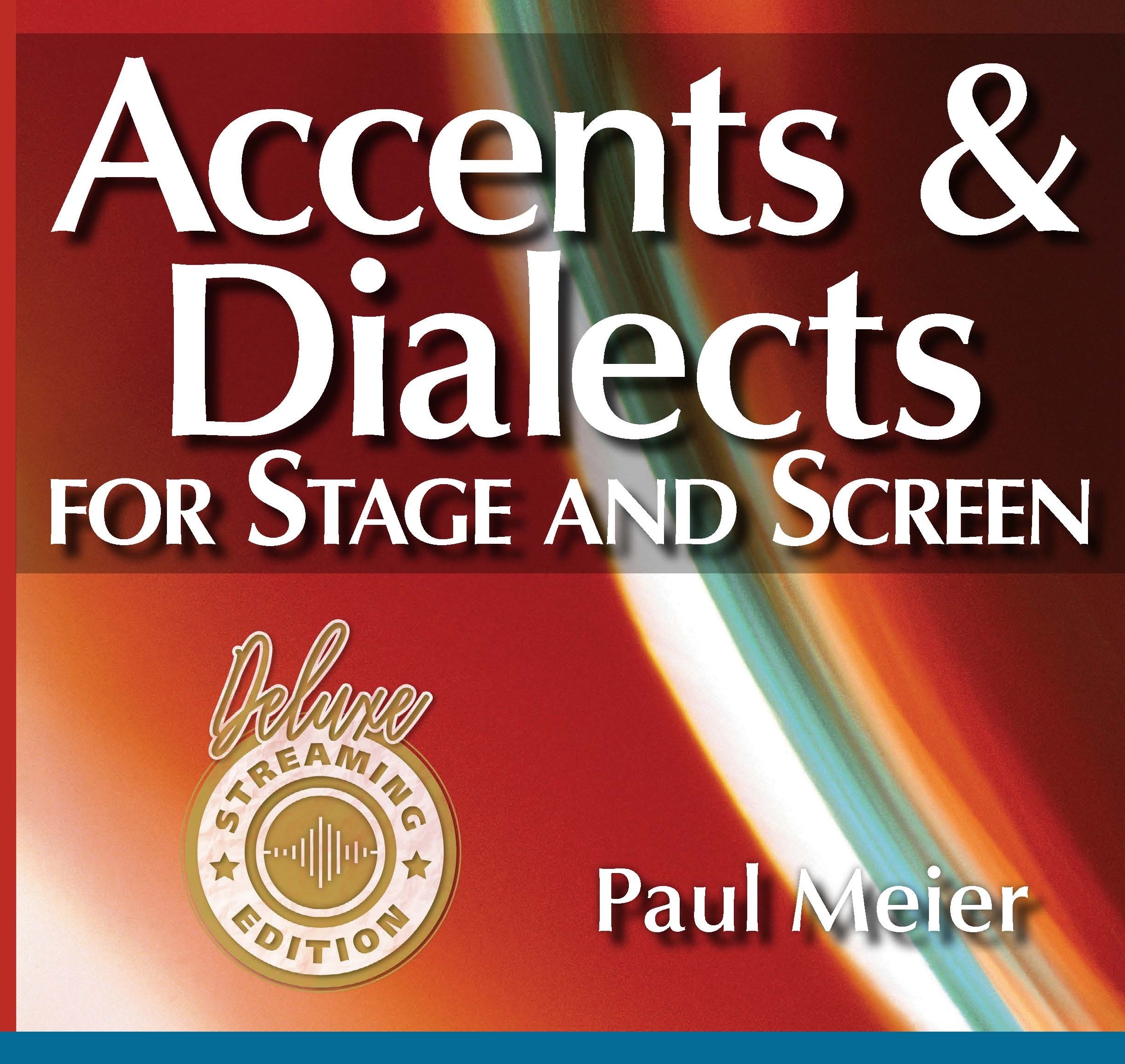Florida 16
Listen to Florida 16, a 56-year-old man from Miami, Florida, United States. Click or tap the triangle-shaped play button to hear the subject.
Both as a courtesy and to comply with copyright law, please remember to credit IDEA for direct or indirect use of samples. IDEA is a free resource; please consider supporting us.
BIOGRAPHICAL INFORMATION
AGE: 56
DATE OF BIRTH (DD/MM/YYYY): 03/09/1961
PLACE OF BIRTH: Matanzas, Cuba
GENDER: male
ETHNICITY: Cuban American
OCCUPATION: financial controller
EDUCATION: bachelor’s degree in finance
AREAS OF RESIDENCE OUTSIDE REPRESENTATIVE REGION FOR LONGER THAN SIX MONTHS:
The subject was born in Matanzas, Cuba, and lived there until the age of 9, when his family immigrated to Miami.
OTHER INFLUENCES ON SPEECH: N/A
The text used in our recordings of scripted speech can be found by clicking here.
RECORDED BY: Sarah Maria Nichols
DATE OF RECORDING (DD/MM/YYYY): 09/03/2018
PHONETIC TRANSCRIPTION OF SCRIPTED SPEECH: N/A
TRANSCRIBED BY: N/A
DATE OF TRANSCRIPTION (DD/MM/YYYY): N/A
ORTHOGRAPHIC TRANSCRIPTION OF UNSCRIPTED SPEECH:
Uh, Spanish is, is a language that is spoken very differently throughout the Caribbean and throughout Central America. Uh, I’ve come to realize that more — particularly in the last ten or fifteen years — that in the, in the first forty or whatever years that I’ve been here, and w – I’ve been here a long time, because initially, when, when we came to South Florida, there were basically two groups, you know, that, that I, that I dealt with. There were Americans who had been here for several generations, and then there were the Cuban people who were like me who had just arrived. And over time, there’s been other Hispanic people from all these various countries in Latin America, Central, South America, and so forth. Their Spanish is completely different. And the sayings are complete different. And you learn a lot of sayings sometimes; a lot of the sayings overlap. They’re said the same way; they mean the same way, the, the, the same thing; they’re intended, you know, to have the same meaning. Other times you gotta be careful. So, uh, “barriga llena, corazón contento” is basically, you know, “full stomach, happy heart.” You know? Oh, here’s one. Here’s one that is actually interesting because it’s, oh, eh, “Qué bola?” Which is just two words. The word “bolá” is a, um, a modification on “bola,” which is a “ball.” So, “qué bola?” would be like, “what ball?” And it’s not referring to any anatomy part [interviewer chuckles] or anything like that. Uh, that expression is interestingly enough not used by the original Cuban immigrants coming into Miami. It is used more by the ones that have come to Miami perhaps in the last twenty years. So that particular expression i- i- is a, a Cuban saying, but it is of more recent development. And if we were to try to translate it into English and to modern American slang, whatever, would be more like, “What’s up?” “Qué bola?” Ah, hay uno — this one that’s, uh, very interesting: It’s called “jamar un cable.” ‘Kay? “Jamar” is a very street word for “eating.” And “un ca- un cable” means “a cable.” So, “I’m eating a cable.” [chuckles] Which obviously makes absolutely no sense. What that means is “I’m having a tough time economically.” So, um, in Cuban culture, somehow food makes it into just about everything, as you very well know, so, “jamar un cable” means “I’m eating a cable;” that means, “I’m not eating too well; I’m eating, you know; I’m having a tough time economically.” And they’re expressing it through eating. And they’re not – since they’re not eating well, they’re eating a cable.
TRANSCRIBED BY: Sarah Maria Nichols
DATE OF TRANSCRIPTION (DD/MM/YYYY): 03/04/2018
PHONETIC TRANSCRIPTION OF UNSCRIPTED SPEECH: N/A
TRANSCRIBED BY: N/A
DATE OF TRANSCRIPTION (DD/MM/YYYY): N/A
SCHOLARLY COMMENTARY: N/A
COMMENTARY BY: N/A
DATE OF COMMENTARY (DD/MM/YYYY): N/A
The archive provides:
- Recordings of accent/dialect speakers from the region you select.
- Text of the speakers’ biographical details.
- Scholarly commentary and analysis in some cases.
- In most cases, an orthographic transcription of the speakers’ unscripted speech. In a small number of cases, you will also find a narrow phonetic transcription of the sample (see Phonetic Transcriptions for a complete list). The recordings average four minutes in length and feature both the reading of one of two standard passages, and some unscripted speech. The two passages are Comma Gets a Cure (currently our standard passage) and The Rainbow Passage (used in our earliest recordings).
For instructional materials or coaching in the accents and dialects represented here, please go to Other Dialect Services.
 IDEA: International Dialects of English Archive
IDEA: International Dialects of English Archive


